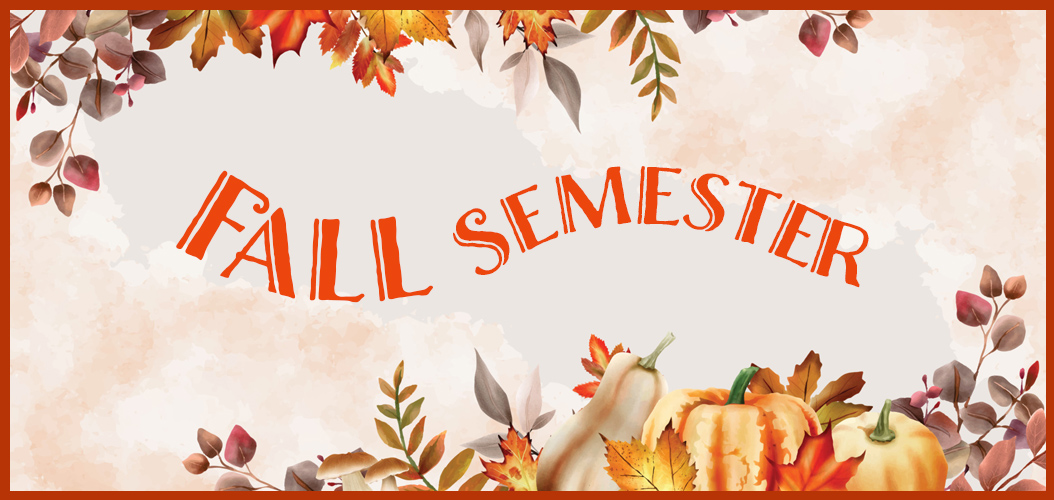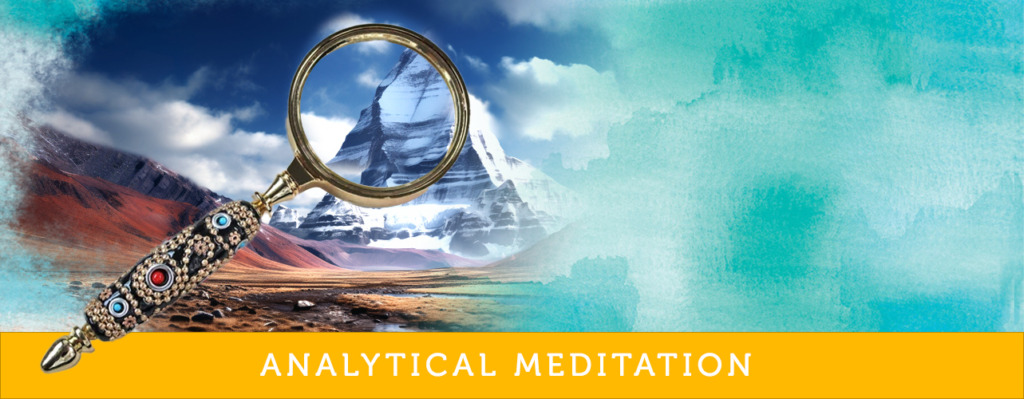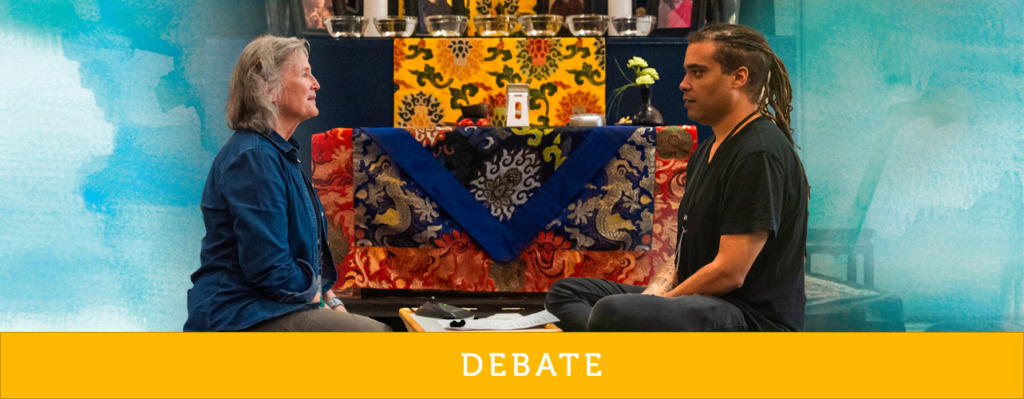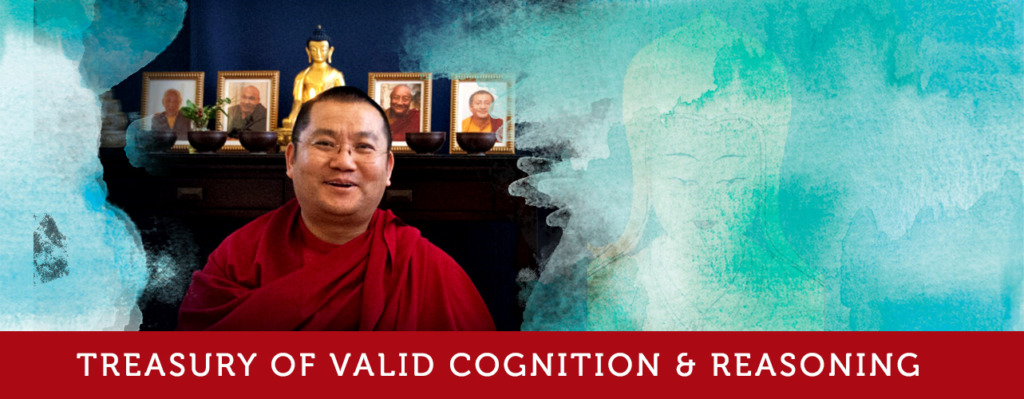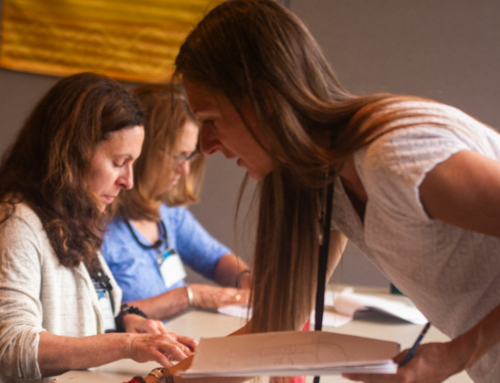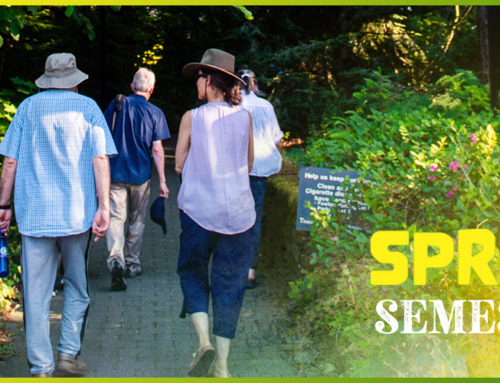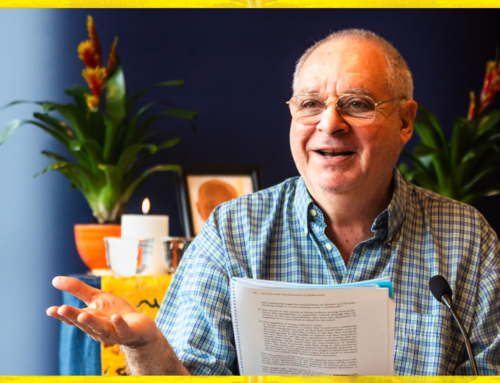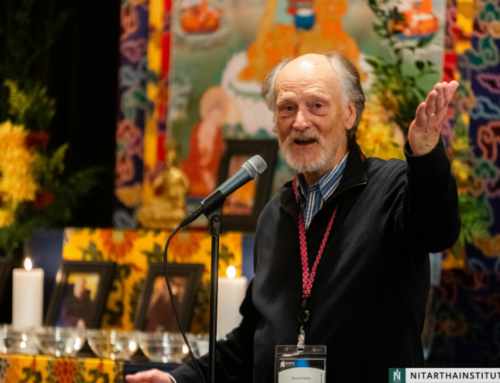We are looking forward to a full 2024 fall semester, with a broad range of course options from which to choose, including:
FOUNDATION LEVEL
BUD 500 | Analytical Meditation I
Faculty: Jirka Hladiš
Course Description:
This course is a systematic training in the meditation of special insight following the approach of the Abhidharma tradition. Students learn the skills to gain certainty in the view of selflessness through the practice of the Four Applications of Mindfulness, cultivating inferential wisdom and bringing it to personal experience.
Additional Course Description:
Through a series of analytical meditations, students will train in the sequential entry into the view of identitylessnes – dependent origination with the support of the scriptural sutras of the foundational vehicle and mahayana, and following the matrix of the four noble truths:
- Suffering to be known
- Origin to be relinquished
- Cessation to be realized
- Path to be relied on
PREREQUISITE:
Open to all, no prerequisites!
………………………………………………………………………………………………………………………………………………………
BUD 502 | Clear Thinking
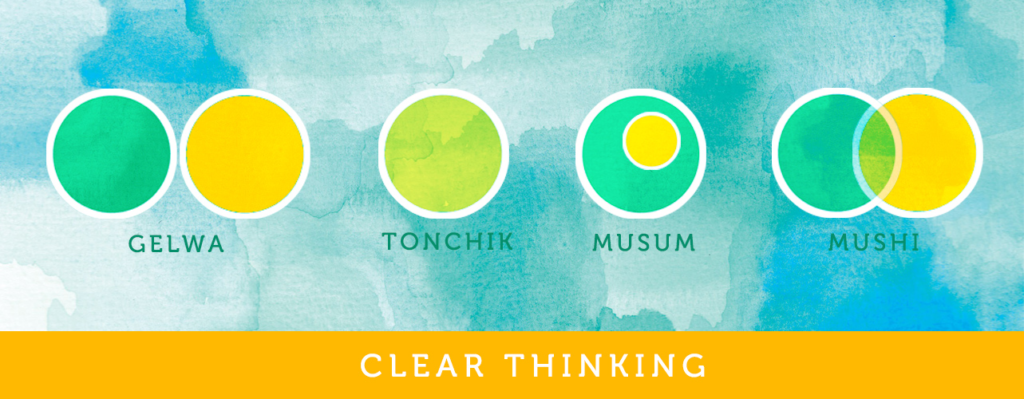
Faculty: Israel Lifshitz
This course will deepen your understanding of knowable objects as expounded by the Abhidhama tradition, based on the Collected Topics root text. Students will learn methods for thinking clearly by formulating definitions, examples, equivalents and classifications, and by exploring the four types of logical relationships between two phenomena. This course also prepares students for debate, which is a highly effective method for clarifying one’s understanding of the topics that are covered in Nitartha’s study curriculum.
PREREQUISITE:
- None
REQUIRED TEXTS:
- Root text: Collected Topics (Düdra), by Acharya Lama Tenpa Gyaltsen, Nitartha Institute Publications
- Clear Thinking Workbook, Nitartha Institute Publications (A PDF of the provisional draft of the updated edition will be sent to registered students)
Visit Nitartha Publications to order your texts.
DATES & TIMES:
Tuesdays, September 10 – December 10, 6:00 – 7:30 pm US Pacific Time
………………………………………………………………………………………………………………………………………………………
BUD 520 | Mind and Its World III: Vaibhashika Philosophical Tradition
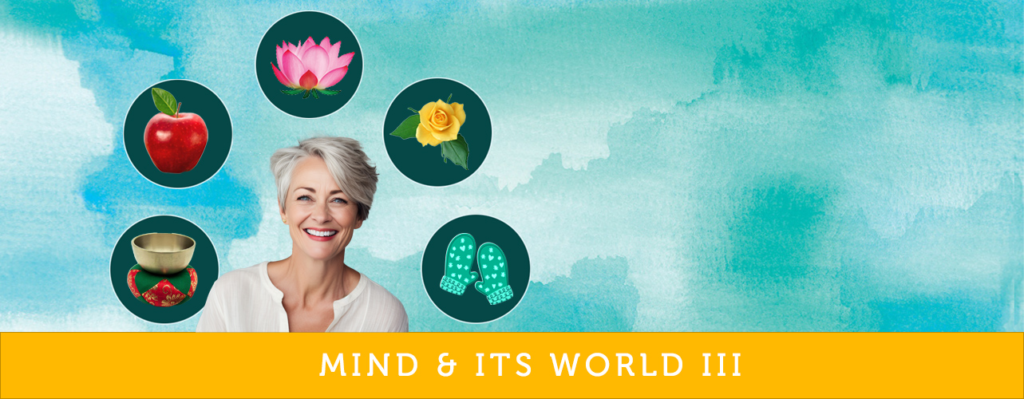
Faculty: Dr. Francis Sullivan
This course is an exposition view of foundational Buddhism from the Vaibhashika and Sautrantika philosophical traditions, based on the “The Gateway that Reveals the Philosophical Traditions to Fresh Minds” root text. Students explore foundational classifications of knowable objects: the five bases, five aggregates, twelve sources, eighteen constituents, and the presentation of causation from the Vaibhashika philosophical system followed by the Sautrantika presentation classifying all knowable objects into specifically and generally characterized phenomena, based on our experience and then a comparison of the two views.
PREREQUISITE:
- BUD 501 and 510
REQUIRED TEXTS:
- Root text: The Gateway that Reveals the Philosophical Traditions to Fresh Minds (Truptha), by Dzogchen Ponlop Rinpoche, Acharya Lama Tenpa Gyaltsen and Acharya Kelsang Wangdi, Nitartha Institute Publications.
- Root text: Collected Topics (Düdra), by Acharya Lama
Tenpa Gyaltsen, Nitartha Institute Publications - Mind & Its World 3 Sourcebook, Nitartha Institute Publications.
Visit Nitartha Publications to order your texts.
DATES & TIMES:
Sundays, September 8 – December 15, 9:00 am – 10:30 am US Pacific Time
………………………………………………………………………………………………………………………………………………………
BUD 553 | Collected Topics Debate I
FACULTY: Christian Scott
This foundation debate course offers a methodical training in elementary debate skills on the basis of the Clear Thinking course. Students train in formulating reasonings with correct and seeming reasons and utilize them in debate by learning how to challenge the first mode (the relationship between the subject and the reason). The debate content consists of the classification of objects in terms of entity from Collected Topics.
PREREQUISITE:
- BUD 502
REQUIRED TEXTS:
None
DATES & TIMES:
Thursdays September 12 -, 8:00 pm – 9:00 pm US Pacific Time
………………………………………………………………………………………………………………………………………………………
INTERMEDIATE LEVEL
BUD 620 | Paths & Bhumis: The Path to Enlightenment
FACULTY: Israel Lifshitz (Fall 2024 and Spring 2025), Dr. Sandra Roscoe (Spring 2025)
This course is an exposition of the Buddhist path based on The Presentation of Bhumis, Paths & Results in the Treasury of Knowledge root text. Students learn what is necessary for entering and progressing on the path and what the goal of spiritual journey is, through exploring the five paths,¿ and the ten bodhisattva bhūmis, as well as the result: nirvana, kāyas, wisdoms and enlightened activity.
PREREQUISITE:
- BUD501, BUD510, BUD520, BUD530, BUD601, BUD610, BUD630
REQUIRED TEXTS:
- Root text: The Presentation of Bhumis, Paths & Results in the Treasury of Knowledge (Salam), by Jamgön Kongtrül Lodrö Thaye, Nitartha Institute Publications
- Commentary on The Presentation of Paths Bhumis, & Results in the Causal Vehicle of Characteristics from the Treasury of Knowledge by Jamgön Kongtrul Lodrö Thaye, by Acharya Lama Tenpa Gyaltsen and Mitra Karl Brunnhölzl, Nitartha Institute Publications
Visit Nitartha Publications to order your texts.
DATES & TIMES:
This is a 2-semester course.
Fall semester: Sundays September 8 – December 15, 9:00 – 10:30 am Pacific Time
………………………………………………………………………………………………………………………………………………………
ADVANCED LEVEL
BUD 692 | Treasury of Valid Cognition and Reasoning
Faculty: Acharya Lama Kelzang Wangdi
Course Description:
This course is the continuation (Chapter 4) of an in-depth study of Treasury of Valid Cognition and Reasoning, (tshad ma rigs gter) by renowned scholar Sakya Pandita (1182-1251) – an influential work that inaugurated a new period of pramana studies in Tibet by focusing particularly on Dharmakirti’s Pramanavarttika and identifying the errors of earlier Tibetan scholars, especially Chapa Chökyi Senge. We will study Sakya Pandita’s seminal work on the basis of the commentary by Jamyang Loter Wangpo (1847-1914).
In this course, we will continue our study of chapter 4 on “The Investigation of Existence and and ‘Other-Exclusion’” (sgrub pa dang gzhan sel brtag pa). At the end of the semester, we may be able to begin chapter 5 on “Investigation of the Object of Expression and the Means of Expression” (brjod bya dang
brjod byed brtag pa).
About Sakya Pandita
Sakya Paṇḍita (1182–1251) is one of the great scholars of Tibet. He was renowned for the breadth of his knowledge, but particularly for his expertise in epistemology or valid cognition (pramāṇa). His Treasury of Valid Cognition and Reasoning was so esteemed that it was translated into Sanskrit and circulated in India. Non-Buddhist Indian scholars even came to Tibet to debate him, and were consistently defeated by him.
Sakya Pandita’s text has continued to be a major text in the study of pramana in the Tibetan tradition to this day. It is a source of Khenpo Tsultrim Gyamtso Rinpoche’s Lorik or Classifications of Mind root text, which is taught in Nitartha’s Mind and Its World I and II courses. Studying Sakya Pandita’s text is thus crucial to deepening one’s exploration of the valid cognition tradition.
PREREQUISITE:
Any interested student may take this course. However, since this is an Advanced Curriculum course at the Nitartha Institute, it is recommended for students who have completed the Institute’s Foundation and Intermediate Curriculums . In particular it is recommended that students have completed the Mind and Its World I and II courses that are based on the Lorik (Classifications of Mind) root text by Khenpo Tsültrim Gyamtso Rinpoche, or have had equivalent detailed study elsewhere.
COURSE TEXT:
Information about acquiring the translation of Chapter 3 will be provided to registered students.
The text is an important Sakya Commentary by Blo gter dbang po (“Lo ter wang po”). The commentary is called Lamp that Illuminates the Seven Treatises [of Dharmakīrti]: A Word-by-Word Commentary on [Sakya Paṇḍita’s] Treasury of Valid Cognition and Reasoning.
DATES & TIMES:
Mondays, September 9 – December 16, 9:00 – 10:30 am Pacific Time
………………………………………………………………………………………………………………………………………………………
